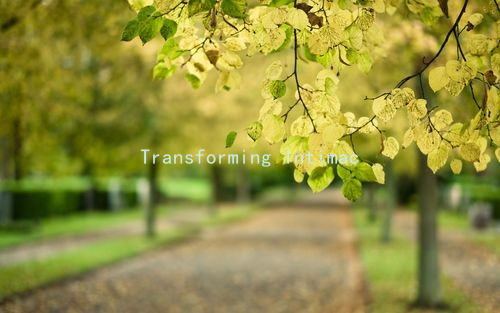Emotional Detachment Disorder: How to Recognize and Tackle It in Your Love Life
Emotional Detachment Disorder: How to Recognize and Tackle It in Your Love Life
Emotional detachment, often classified as an emotional detachment disorder, can significantly impact our romantic relationships and overall emotional well-being. While it might be tempting to think of detachment as simply a survival mechanism, it can lead to troubling patterns that hinder emotional intimacy, trust, and connection in love. Recognizing the signs of this disorder in yourself or your partner and understanding how to address it can lead to healthier, more fulfilling relationships.
Perhaps the first step to understanding emotional detachment is to recognize its symptoms. Individuals with this disorder may often experience difficulty forming close relationships, fear of intimacy, and a persistent sense of disconnection from their feelings. Common signs include:
1. Avoidance of Commitment: Individuals may pull away from relationships, hesitant to fully commit or invest emotionally. They may use excuses or create scenarios that allow them to avoid taking the next step in a relationship.
2. Limited Expression of Feelings: A hallmark of emotional detachment is a reduced ability or willingness to express emotions. This can manifest as a lack of enthusiasm in romantic interactions, difficulty discussing feelings, or a tendency to minimize problems.
3. Inability to Connect: Emotional detachment may lead to a persistent sense of loneliness, even when in a relationship. Such individuals might find themselves feeling emotionally numb or disconnected from the experiences of their partners.
4. Rationale Over Emotion: Decisions may primarily be based on logic rather than feelings. This can be useful in certain circumstances but may hinder the ability to nurture a passionate, loving relationship.
5. Self-Protection: Often, emotional detachment is a defense mechanism developed in response to past trauma, heartbreak, or loss. While this might serve to protect an individual in the short term, it typically leads to long-term relationship difficulties.

Recognizing these symptoms is only the first step. Addressing emotional detachment requires concerted effort and, on occasion, professional guidance. Here are a few strategies to consider if you identify with these challenges:
1. Self-Reflection: Engage in personal reflection to understand the underlying reasons for your emotional detachment. Consider journaling, mindfulness practices, or simply taking time to think deeply about your emotions and behaviors. Understanding one’s fears can provide clarity and a path toward change.
2. Open Communication: If you recognize these traits in your partner or yourself, fostering open communication is crucial. Discussing feelings, fears, and desires honestly can help bridge the emotional gap. Setting aside dedicated time to talk can build intimacy and trust.
3. Therapeutic Support: Seeking help from a therapist or counselor can be a transformative step for individuals struggling with emotional detachment. A professional can provide guidance, coping strategies, and a safe space to explore emotions.
4. Gradual Exposure: For those who struggle with intimacy, try gradual exposure to emotional experiences. Start with small, low-risk moments of vulnerability to build confidence in expressing emotions. Share experiences, thoughts, and desires in a safe and nurturing environment.
5. Foster Emotional Connections: Engage in activities that promote bonding with your partner, such as shared hobbies, date nights, or even simple gestures of affection. These moments can slowly build emotional connections and comfort.
6. Practice Self-Compassion: Allow yourself to be imperfect and understand that detachment is a common response to emotional pain. Being kind to yourself is essential in recognizing that healing takes time and effort.
In conclusion, emotional detachment disorder can pose challenges in love life, causing barriers to intimacy and connection. However, recognizing the signs and actively working to address them can open up pathways to deeper, more meaningful relationships. Whether it’s through self-exploration, open communication, professional guidance, or gradual emotional exposure, tackling emotional detachment is essential for a fulfilling love life. By nurturing emotional growth, individuals pave the way for connections that are both enriching and resilient.





